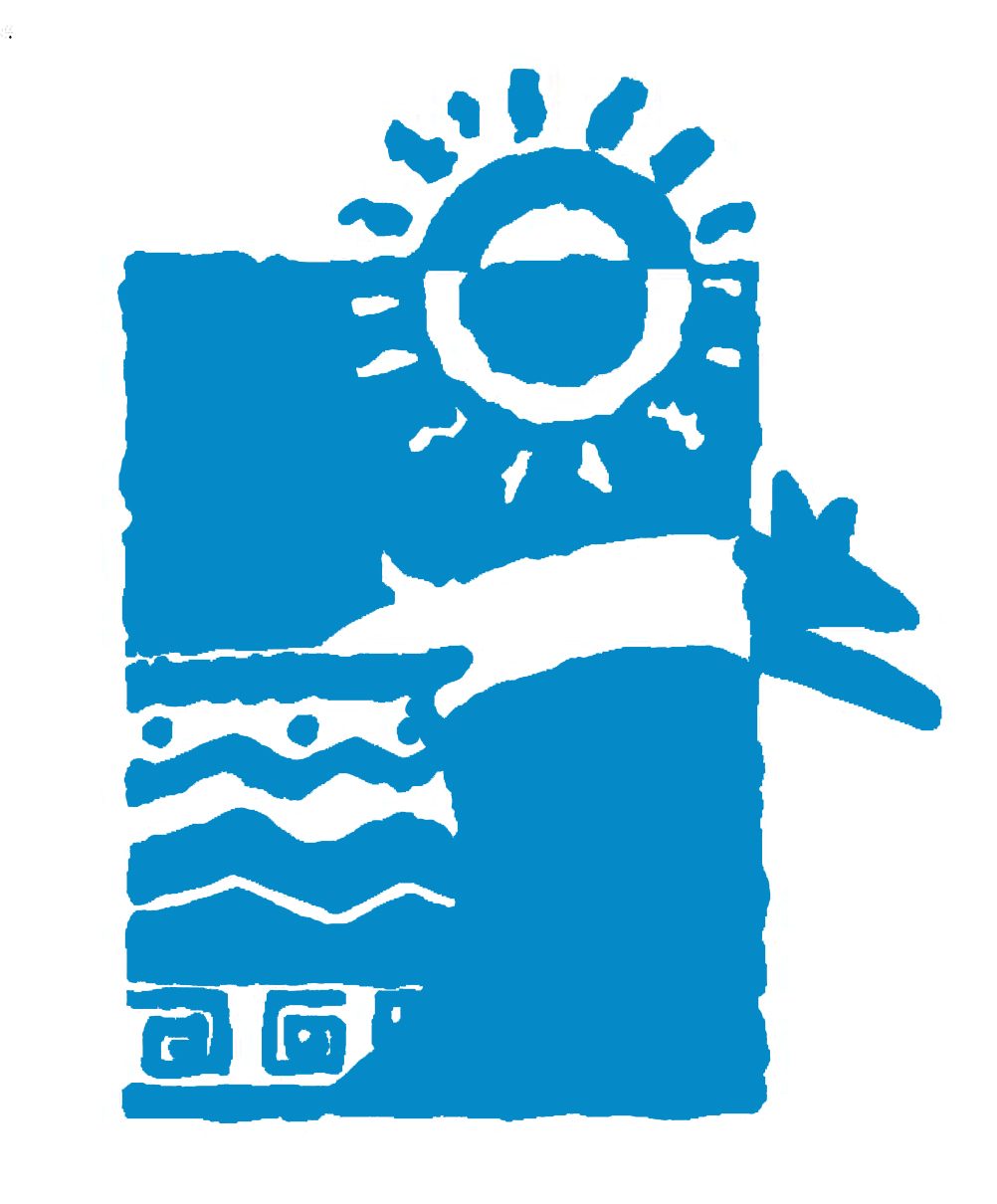[Source: Jana Bommersbach, True West Magazine]
Mitzi Rinehart is just one of many volunteers saving our nation’s parks.
 As a volunteer at Arizona’s Lost Dutchman State Park, Mitzi Rinehart thought the most oft-asked question she’d ever answer was “Where’s the Gold?”
As a volunteer at Arizona’s Lost Dutchman State Park, Mitzi Rinehart thought the most oft-asked question she’d ever answer was “Where’s the Gold?”
Somewhere amidst the natural desert and the rugged Superstition Mountains, the “Holy Grail” of lost mine legends states an 1860s prospector named Jacob Waltz not only found a fabulous gold mine here but also hid caches of gold. Since he died in 1891, reportedly with 24 pounds of rich ore in a candle box under his bed, people have been searching this area for his mine and his stash.
To those tourists seeking her help on the hiking, horseback riding and nature trails she and her fellow volunteers help maintain at the park, Rinehart often quipped: “Do you want to buy a copy of my map to the gold?”
But in 2010, that query was replaced with a more frequently asked—and not so funny—question: How could the State of Arizona intend to close this 320-acre park that attracts more than 100,000 people a year and means $4.2 million annually to the economy of the Apache Junction area east of Phoenix?
“Closing this park would be like losing a part of me. I know what would happen—it would turn into housing and be destroyed in a short time,” she says:
There’s a big chunk of Arizona history here. It almost makes me cry to even think of it closing.
But instead of crying, Rinehart got active, helping organize the Friends of Lost Dutchman State Park and mobilizing community support to raise private money to keep the park open, at least for now.
Rinehart not only is a hero for her state park, but she also represents the hundreds of people throughout the nation who are fighting to save their own endangered parks in these times of economic distress.
The National Trust for Historic Preservation, which annually lists its “11 most endangered historic sites,” startled the nation in 2010 by leading its list with “America’s State Parks and State-Owned Historic Sites.”
As the Trust notes, the nation’s state parks attract an estimated 725 million visits every year, yet it found almost 30 states had cut as many as 400 state parks to balance state budgets. “While providing some short-term budget relief, this approach will actually cost states far more in the long term,” the Trust warns. “Before they can re-open, state-owned and managed resources will require massive investments to undo the damage suffered from abandonment, neglect and deferred maintenance.”
The Trust’s survey of the situation shows eight states west of the Mississippi planning or implementing “major budget cuts,” with two of them—Arizona and California—among the worst.
California has instituted cutbacks and part-time closures at 150 of its 278 state parks, the Trust reports. In Arizona, 13 of its 31 parks were closed in 2010.
The state park system in Arizona generates $266 million of direct and indirect economic impact, and earns $19 million in revenue and lottery funds. Recognizing the financial impact of the closures, Arizona’s rural communities have been stepping up throughout 2010 to keep most of these parks open. Yet three parks—Homolovi Ruins, Lyman Lake and Oracle—remain closed for budget reasons as of December 2010.
Rinehart is glad to hear that towns in Arizona are finally seeing the value in saving these parks, yet she will never forget those who helped to keep the Lost Dutchman State Park open in those early dismal days of threatened closure. At the first general meeting to fight the park’s closure, 155 people showed up. The Harley-Davidson dealership in the area became the unofficial headquarters for meetings and sponsored a ride to raise money. A retired airline pilot, who is now a winter visitor to Arizona, Taylor Sanford Jr., wrote a check for $8,000 (“I was standing right behind him when he pulled out his checkbook, and I was the first one who got to hug him,” Rinehart remembers). Seventh grader Haley Anderson at Mesa’s Smith Junior High School raised a total of $1,431.63 ($1,000 from the student Builders Club and the rest from individual students’ lunch money). And, in one of the most apropos fundraisers, the Friends of the park raffled off a chunk of gold (no, Rinehart says, it didn’t come from Waltz’s claim).
Rinehart has learned a harsh reality during these hard economic times—not everyone thinks it’s important to even have state parks. She says she’s been dismayed to hear people wonder “why the parks can’t be run totally by volunteers” or suggest “they should only be there if they can pay for themselves.”
Rinehart is just one of hundreds of locals hoping to educate Arizonans, and the public at large, on the value these public spaces hold for both citizens and the tourists who help fuel Arizona’s economy. She and her supporters just can’t imagine anyone being cheated out of standing in the midst of majestic beauty and knowing it belongs to them.


 If you only caught the recent news headline, “
If you only caught the recent news headline, “